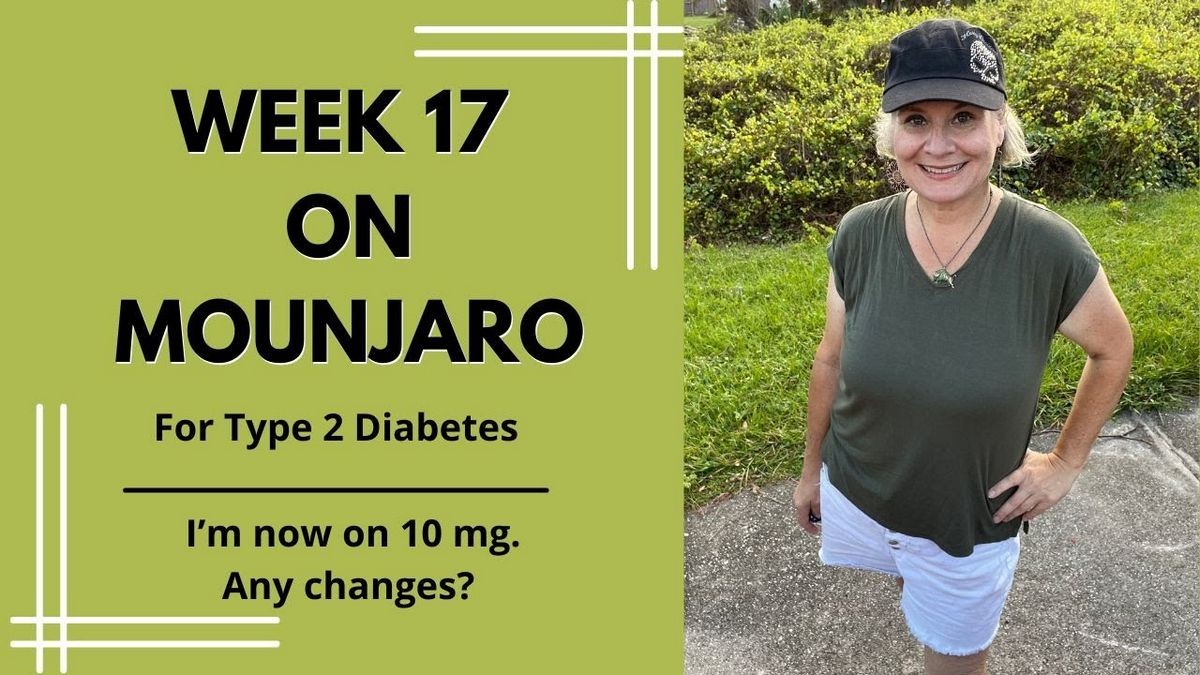
Contents
Mounjaro (tirzepatide)
Mounjaro (tirzepatide) is an injectable prescription medication used to treat type 2 diabetes and improve blood sugar in adults.
- Mounjaro may be used alone or with other medications.
- Mounjaro belongs to the class of drugs called antidiabetics, specifically Glucagon-like Peptide-1 Agonists; Antidiabetics, Glucose-dependent Insulinotropic Polypeptides.
- Mounjaro is not for use in people with type 1 diabetes.
- It is not known if Mounjaro is safe and effective in children.
Warnings
RISK OF THYROID C-CELL TUMORS
Mounjaro is contraindicated in patients with a personal or family history of thyroid cancer or Multiple Endocrine Neoplasia syndrome type 2 (MEN 2) due to the potential risk for medullary thyroid carcinoma (MTC) with the use of Mounjaro. Symptoms of thyroid tumors include a neck mass, difficulty swallowing, difficulty breathing, and persistent hoarseness.
In rats, tirzepatide causes dose and duration-dependent thyroid C-cell tumors. It is not known whether Mounjaro causes thyroid C-cell tumors, including MTC, in humans as the relevance of rodent studies to humans has not been determined.
Routine monitoring of serum calcitonin or thyroid ultrasound is of uncertain value for early MTC detection in patients treated with Mounjaro.
Do not use Mounjaro if:
- You or any of your family have a history of medullary thyroid carcinoma (MTC) or Multiple Endocrine Neoplasia syndrome type 2 (MEN 2).
- You had a serious allergic reaction to tirzepatide or any of the ingredients in Mounjaro.
Before using Mounjaro, tell your healthcare provider if you:
- Have had pancreas or kidney problems.
- Have severe stomach problems, such as gastroparesis or digestive problems.
- Have a history of diabetic retinopathy.
- Are pregnant or planning to become pregnant.
- Take birth control pills by mouth. Talk to your healthcare provider for alternative methods of birth control while using Mounjaro.
Tell your healthcare provider about all the medicines you take, including prescription, over-the-counter medicines, vitamins, and herbal supplements. Mounjaro may affect the way some medicines work, and some medicines may affect the way Mounjaro works.
Before using Mounjaro, tell your healthcare provider if you are taking other diabetes medicines such as insulin or sulfonylureas, which could increase your risk of low blood sugar.
Talk to your healthcare provider about how to manage low blood sugar.
Maintain a list of the medications you take and share it with your healthcare provider and pharmacist when you start a new medication.
What are the side effects of Mounjaro?
Mounjaro may cause serious side effects including:
- Hives, difficulty breathing, swelling of face/lips/tongue/throat.
- Dizziness, fast heart rate, shaking, sweating, nervousness, anxiety, irritability, confusion, hunger.
- Pain in the upper right side of the abdomen, pain spreading to back or below the shoulder blade.
- Nausea, vomiting, fever, yellowing of skin and eyes, clay-colored stools, bloating of the abdomen.
Seek medical help immediately if you experience any of the above symptoms.
The most common side effects of Mounjaro include:
Discuss any bothersome or persistent side effects with your doctor.
This is not a complete list of side effects. For more information, consult your doctor or pharmacist.
Contact your doctor for medical advice about side effects. Report side effects to the FDA at 1-800-FDA-1088.
QUESTION
What are the dosages of Mounjaro?
- The recommended starting dosage of Mounjaro is 2.5 mg injected subcutaneously once weekly for treatment initiation, not for glycemic control.
- After 4 weeks, increase the dosage to 5 mg injected subcutaneously once weekly.
- If additional glycemic control is needed, increase the dosage in 2.5 mg increments after at least 4 weeks on the current dose.
- The maximum dosage of Mounjaro is 15 mg injected subcutaneously once weekly.
- If a dose is missed, administer Mounjaro as soon as possible within 4 days (96 hours) after the missed dose. If more than 4 days have passed, skip the missed dose and continue with the regular dosing schedule.
- The weekly administration day can be changed as long as there is at least a 3-day (72-hour) interval between doses.
Important Administration Instructions
- Administer Mounjaro once weekly, with or without meals.
- Inject Mounjaro subcutaneously in the abdomen, thigh, or upper arm.
- Rotate injection sites with each dose.
- Inspect Mounjaro visually before use. It should appear clear or slightly yellow. Do not use if there are any particulate matter or discoloration.
- When using Mounjaro with insulin, administer as separate injections. Injections can be in the same body region but not adjacent to each other.
Overdose
- In the event of an overdose, contact Poison Control for advice.
- Treat the patient’s symptoms with appropriate supportive measures.
- Observation and treatment may be necessary due to the half-life of tirzepatide.
Drug Interactions with Mounjaro
Concomitant Use with an Insulin Secretagogue (e.g., Sulfonylurea) Or With Insulin
- Consider reducing the dose of concomitantly administered insulin secretagogues (e.g., sulfonylureas) or insulin when initiating Mounjaro to reduce the risk of hypoglycemia.
Oral Medications
- Mounjaro delays gastric emptying, potentially affecting the absorption of concomitantly administered oral medications. Use caution when administering oral medications with Mounjaro.
- Monitor patients taking oral medications dependent on threshold concentrations or those with a narrow therapeutic index (e.g., warfarin) when coadministered with Mounjaro.
- Consider alternative non-oral contraceptive methods or add a barrier method of contraception for 4 weeks after initiation and dose escalation of Mounjaro. Non-oral hormonal contraceptives should not be affected.
Pregnancy and Breastfeeding
- Data on Mounjaro use in pregnant women is insufficient to evaluate the risk of major birth defects, miscarriage, or adverse outcomes. The risks of poorly controlled diabetes in pregnancy should be considered. Use Mounjaro during pregnancy if the benefits outweigh the risks.
- Poorly controlled diabetes in pregnancy increases the risks for maternal and fetal complications.
- There are no data on the presence of tirzepatide in human or animal milk or its effects on the breastfed infant or milk production. Consider the developmental and health benefits of breastfeeding along with the mother’s need for Mounjaro.
Subscribe to MedicineNet’s Diabetes Newsletter
By clicking "Submit," I agree to the MedicineNet Terms and Conditions and Privacy Policy. I also agree to receive emails from MedicineNet and understand that I may opt out of subscriptions at any time.
Summary
Mounjaro (tirzepatide) is an injectable prescription medication used to treat type 2 diabetes and improve blood sugar in adults. It carries a potential risk of thyroid C-cell tumors, including medullary thyroid carcinoma (MTC). Mounjaro is not indicated for type 1 diabetes. Serious side effects may occur. Consult your doctor if pregnant or breastfeeding.

